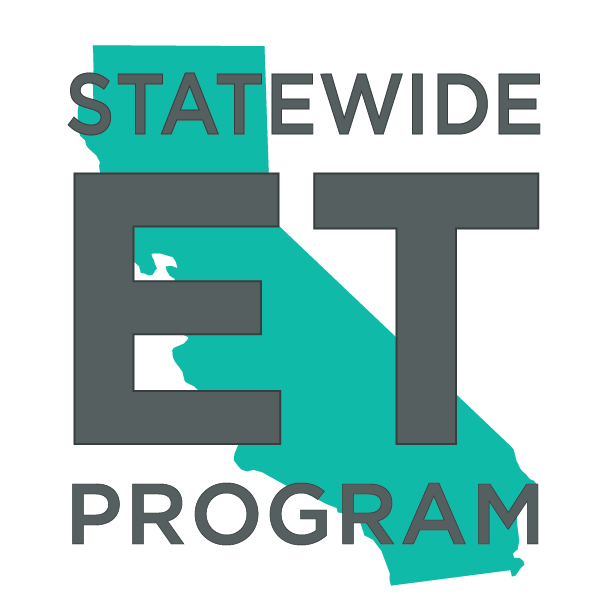ET24SWE0037 - Cooling and Dehumidification for Indoor Farming
High humidity poses a significant challenge in modern fully enclosed greenhouses and state-of-the-art vertical farming setups, fostering the growth of fungal diseases such as botrytis and impeding the plant transpiration process causing adverse impacts on plant health and growth. One study indicates that plant losses in commercial greenhouses can soar up to 45% without effective dehumidification measures when humidity levels exceed 90%. Conventional dehumidification methods involving ventilation only or simultaneous heating and ventilation leading to energy loss through air exchange, in addition to relying on weather conditions and lacking efficiency in controlling temperature and humidity. Furthermore, the prevalent vapor compression-based dehumidification and cooling systems, utilizing high global warming potential (GWP) refrigerants like HCFCs and HFCs, are energy-intensive technologies. Moreover, the heating, cooling, and dehumidification systems can account for over 30% of the total operational expenses in indoor farming facilities. Thus, the widespread challenges faced by Controlled Environment Agriculture (CEA) facilities in achieving economic and environmental sustainability are the high operational costs of the heating, ventilation, air conditioning, dehumidification (“HVACD”) and lighting systems. The adoption of climate-smart efficient HVACD systems is projected to yield economic benefits due to significantly lower operating costs while supporting electrification goals.
Hence, the basis of our proposed research is to utilize high-efficiency high-temperature heat pump-powered solid desiccant dehumidification systems, coupled with an indirect evaporative cooling system to address humidity and temperature regulation within indoor production facilities at reduced costs and environmental impact compared to traditional systems. The primary objective of this project is to test and evaluate the energy performance of cooling and dehumidification via the proposed technologies compared to traditional methods. This investigation aims to combine two commercially ready technologies that were proven to have excellent energy and cost savings to provide a solution to achieve the required humidity and temperature control in controlled environment facilities situated in the various climates including the Mediterranean climate of California (hot dry summer and mild wet winter). The key components of the proposed system comprise a dehumidification system (Sorbent modules based on innovative desiccant materials like metal organic Frameworks MOFs), a high-temperature heat pump for regeneration of the modules and condensation of desorbed water, and an indirect evaporative cooling (IEC) system. The testing will be implemented in an indoor farming unit in the Controlled Environment Engineering (CEE) Lab at UC Davis. Furthermore, a validated model of the system performance will be developed in order to allow other growers and relevant stakeholders to project the system performance and the expected benefits in their climate conditions and using different crops.
Upon project completion, our anticipated outcome is a cost-effective and environmentally friendly system that delivers the required dehumidification and cooling for indoor farming facilities. Given the industry's heavy reliance on fossil fuel-based operations, this project aims to demonstrate the potential for reducing greenhouse gas (GHG) emissions within CEA facilities by embracing climate-smart HVACD operations.
